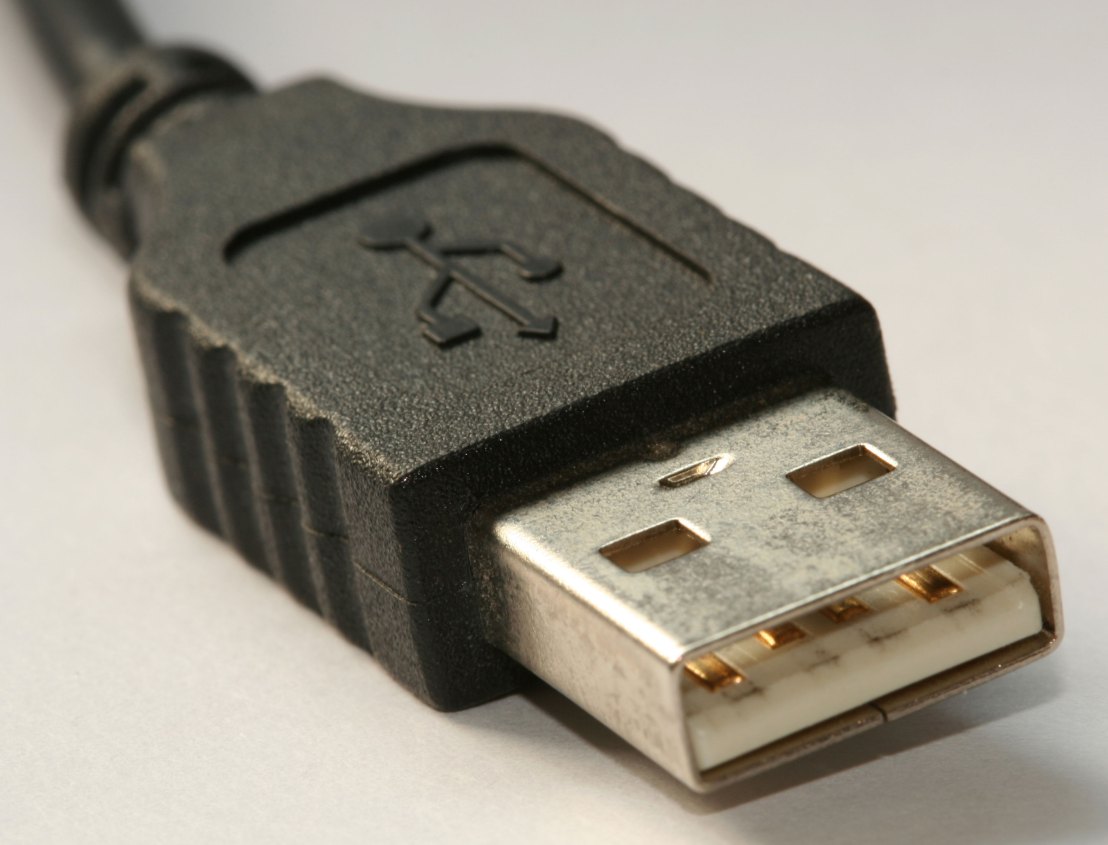Addressing Common Issues Pertaining USB to RS-232 Adapter Cables
In the recent years, manufacturers have halted the production of computers with a RS-232 port which was quite common in old computers. Now the only way to connect RS-232 devices with computers is by using computer adapters which connect such devices to USB ports. Thus, a USB to RS-232 adapter is required to make the connection.

More often than not, users face issues while connecting their RS-232 device with the computer, in spite of using correct computer adapters. In this blog, we will discuss the most common issues regarding the same.
Driver Issues
Getting the proper driver installed to connect your RS-232 device to the computer is essential to form a seamless connection. It’s one of the most common issues identified as users face problems while getting the suitable driver to be installed.
Solution: Users must make a note that the driver should sync to the chip inside the cable and not the manufacturer (of the cable). It is better that you choose cables by manufacturers that use certified driver available with Windows update. To solve issues with your computer adaptercable, you will require having an internet connection to install the driver which cannot be automatically installed. Windows Device Manager also contains the information regarding your Cable’s chip sometimes. So, you can also locate it and download the correct driver and version of Windows.
Hardware Issues
The hardware, as for every other electronic device, of these cables can eventually fail with usage.
Solution: It is best to consider buying computer adapters of higher quality, manufactured by trusted cable companies. Cables manufactured by these companies last longer, though eventually you will require a replacement. The running time depends on the workload that the RS-232 to USB cable goes through. A low quality cable will come apart in a short period of time, sometimes even within a day of usage. So the solution ultimately is not to compromise with the hardware quality of any of your computer components, whether internal or external.
Performance Issues
USB uses a shared data bus i.e. the data is wrapped up and transferred in form of packets. One drawback that arises from using USB to RS-232 cables is that the data transfer time which was almost insignificant when computers had RS-232 ports. This data transfer time is lags in performance when huge files are being transferred.
Solution: Though there isn’t any hard and fast solution which can get rid of the transfer time, it can be reduced to some level. The driver of the FTDI chip in your computer adapter can help in reducing this time. This can be done by accessing the Latency Timer field from the Windows device manager. Keep the setting at ‘1’, for optimal results.
Conclusion
Even though new developments in the technology sector are considering USB ports for external devices which typically used to be manufactured with RS-232 ports, it would take a long time for the total transition. Most of the quality data log devices stick to RS-232 which implies that you would be required to continue using such connections. The issues addressed in the blog should be helpful to troubleshoot most of the everyday issues you might come across while deploying such computer adapters.



Comments
Post a Comment